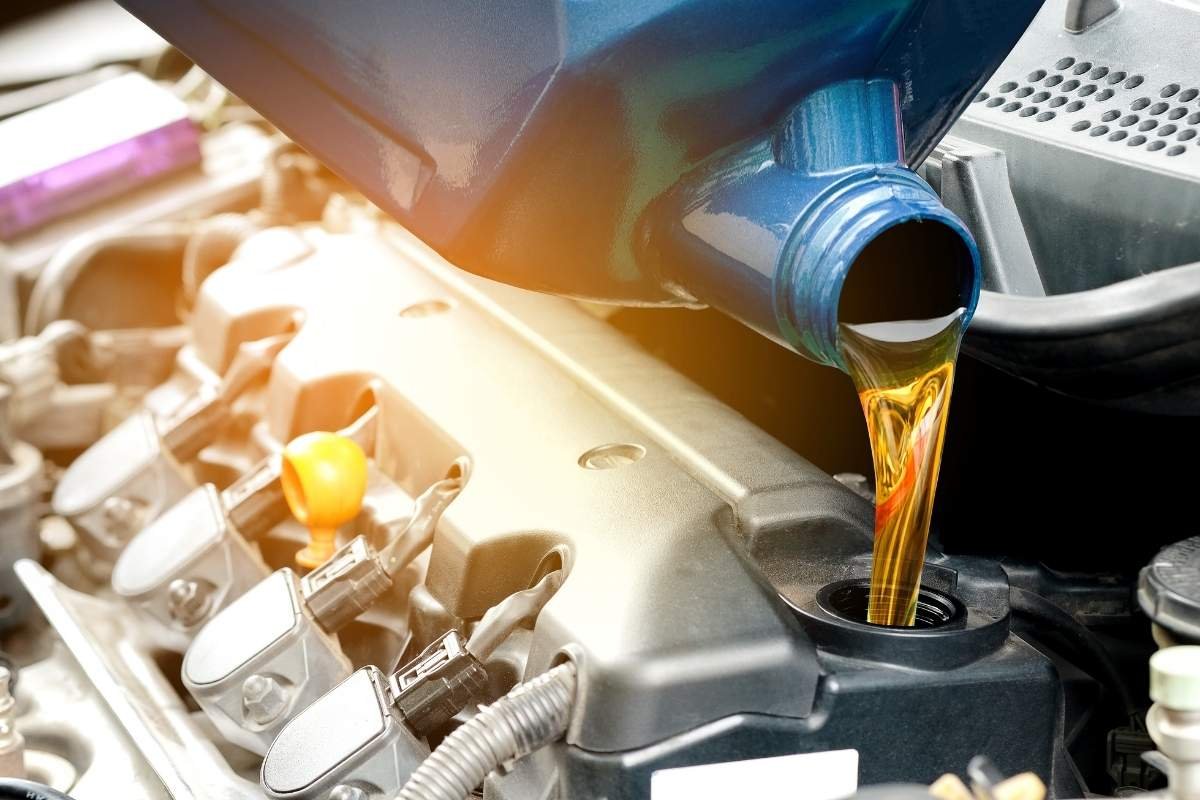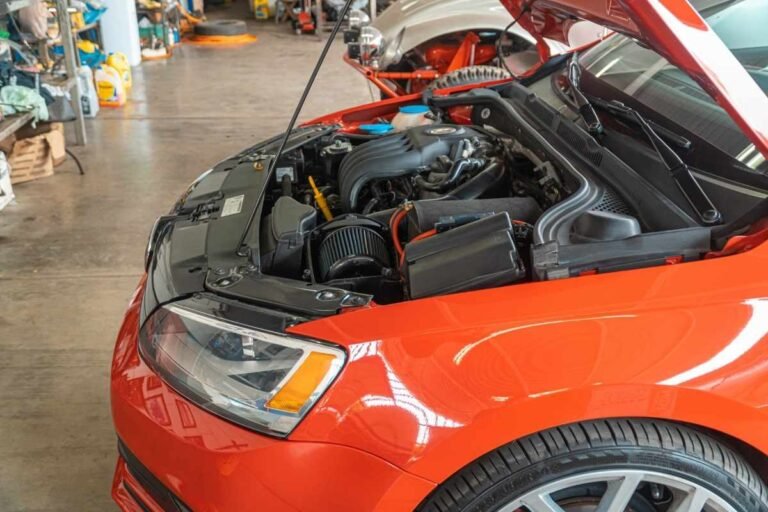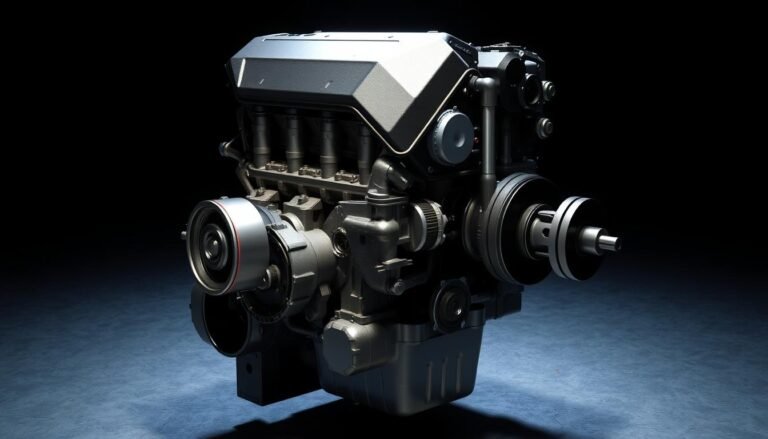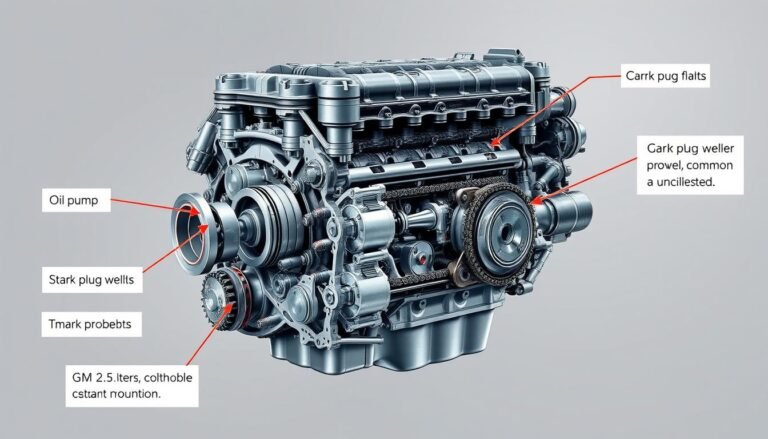What is the Actual GM 6.6 Gas Oil Capacity with Filter?
The big GM 6.6 gas oil capacity is 8 quarts, including the filter. Regular oil care secures long life and top performance.
Most of the Chevy Silverado and GMC Sierra’s heavy-duty models use SAE 5W-30 viscosity oil that meets the Dexos1 Gen 2 standards.
Besides serving to protect necessary engine components, the proper type and amount of oil further assist in fuel economy, reduction of wear and tear, and cooling during extreme operation.
GM 6.6 Gas Oil Capacity Specifications
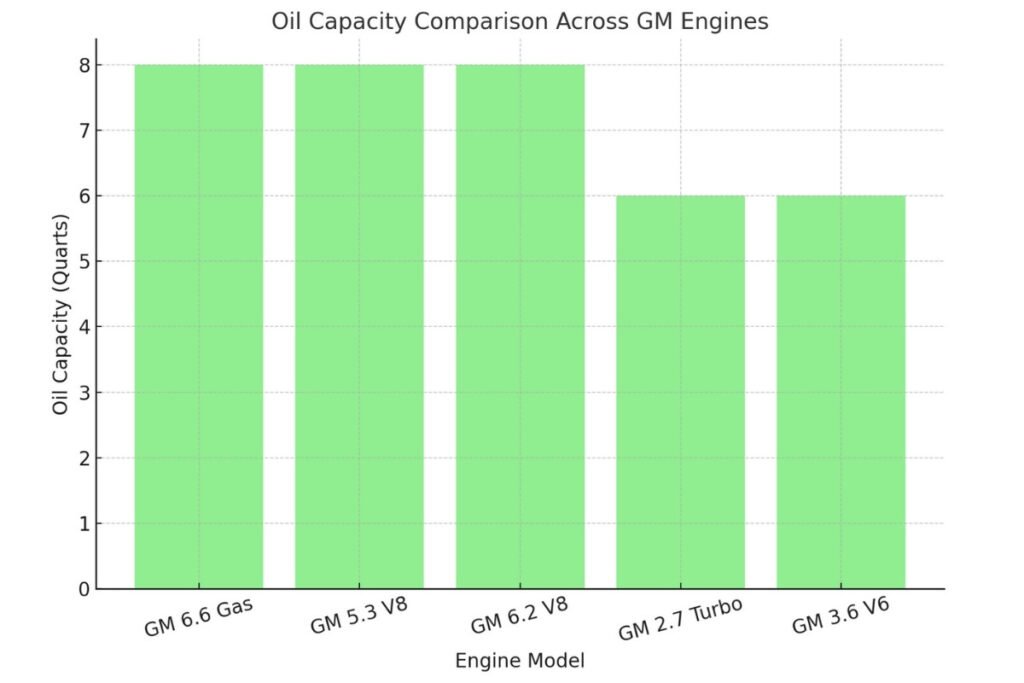
What Is the Oil Capacity of the GM 6.6 Gas Engine?
Now, the L8T is General Motors’ infamous 6.6-liter gas juggernaut that can be found used in heavy-duty trucks such as the Chevrolet Silverado and GMC Sierra lineups.
Knowing the exact GM 6.6 gas oil capacity is as much about performance as it is about maintenance. For this engine:
- Oil Capacity: 8 quarts – 7.6 liters – including oil filter.
- Oil Type: Recommended oil type is SAE 5W-30 – GM Dexos1 Gen 2 for better compatibility and performance.
This capacity guarantees the engine has an adequate supply of oil to lubricate and cool various components, even under demandingly operating conditions.
| Specification | Details |
| Engine Type | GM 6.6L L8T Gas Engine |
| Oil Capacity | 8 quarts (7.6 liters) |
| Recommended Oil Viscosity | SAE 5W-30 |
| GM Oil Standard | Dexos1 Gen 2 |
| Compatible Brands | ACDelco, Mobil 1, Pennzoil Platinum, Castrol EDGE |
Importance of Using the Right Oil Capacity and Type for Engine Health
The compatibility of the correct oil capacity and type is highly needed to maintain healthy engine performance for the best results.
Here’s why:
Efficient Lubrication:
The right oil level means moving parts are well lubricated, friction is reduced, and premature wear is avoided.
Engine Cooling:
Besides its lubricating function, the oil offers some sort of cooling to the engine. The right quantity of oil keeps the temperature of the engine intact and avoids any chances of overheating, subsequently developing serious defects in it.
Optimal Performance:
The proper class of oil, such as SAE 5W-30 maintains efficiency in an engine and allows making it correctly run.
This will ensure fuel economy and responsiveness under conditions of heavy loads.
Warranty Compliance:
It is very important to follow the GM oil specification for warranty purposes. Using the wrong type of oil, or over/underfilling will void your warranties and may result in some very costly repairs.
Extended Engine Life:
Consistent application of the recommended oil capacity and type will keep the life of the engine extended, minimizing wear in the process and reducing the chances of developing major repairs over a period of time.
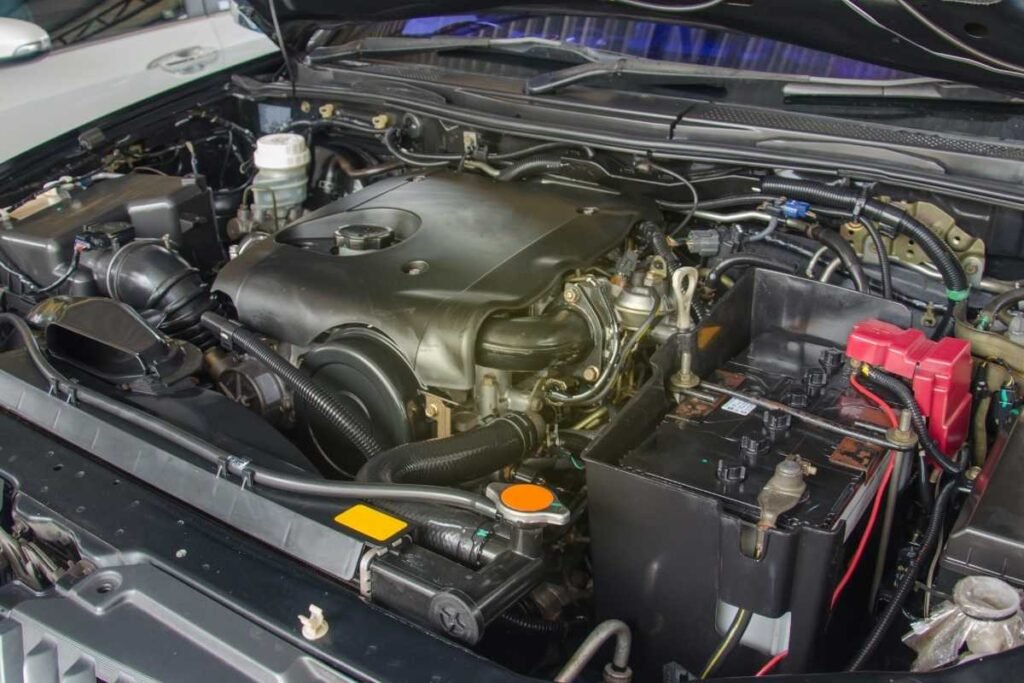
Factory vs. Aftermarket Oil Filters
| Engine Model | Oil Capacity (Quarts) | Recommended Oil Type | GM Standard |
| GM 6.6 Gas | 8 | SAE 5W-30 | Dexos1 Gen 2 |
| GM 5.3 V8 | 8 | SAE 5W-30 | Dexos1 Gen 2 |
| GM 6.2 V8 | 8 | SAE 0W-20 | Dexos1 Gen 2 |
| GM 2.7 Turbo | 6 | SAE 5W-30 | Dexos1 Gen 2 |
| GM 3.6 V6 | 6 | SAE 5W-30 | Dexos1 Gen 2 |
Both types of oil filters-from the factory or after-market-create serious questions as to what your choice needs to be in order to impact your engine’s capacity, performance, and longevity.
Here’s how each type affects the oil capacity and health of your engine, along with its pros and cons.
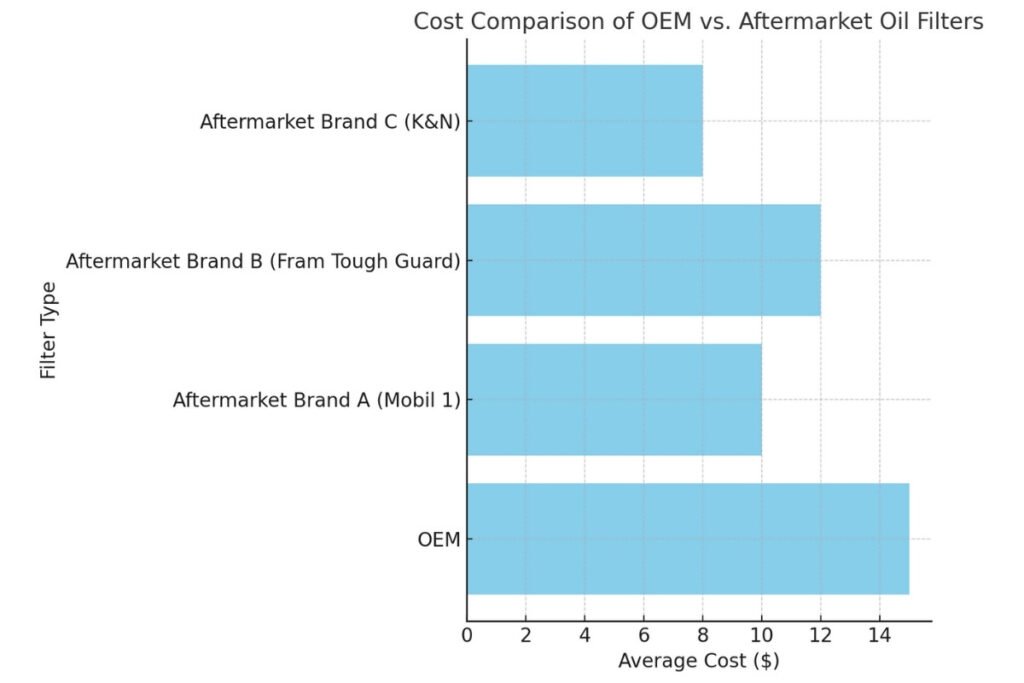
How Filters Can Affect Oil Capacity and Engine Performance
Oil filters serve to keep the inside of the engine clean by filtering out contaminants and ensuring that the oil flow is appropriate.
Different types of filters can impede or otherwise modify the free flow of oil:
1. Oil Capacity Impact:
Quite a few of the aftermarket filters are a little bigger or smaller than the factory filter, and as such, may reflect the total oil capacity of the engine by a fraction.
This is normally negligible but can inadvertently develop into performance in the long run if the oil capacity goes incorrectly measured.
2. Engine Performance:
A high-quality oil filter will filter out contaminants and keep the oil clean for sustained peak performance, where a factory or even an aftermarket will do the same job.
On the other side, an inadequately built filter may pass impurities to the engine that would quickly bring about early wear and less performance.
Generally speaking, high-quality filters have far superior filtration media, which ensures the best flow of oil with maximum protection.
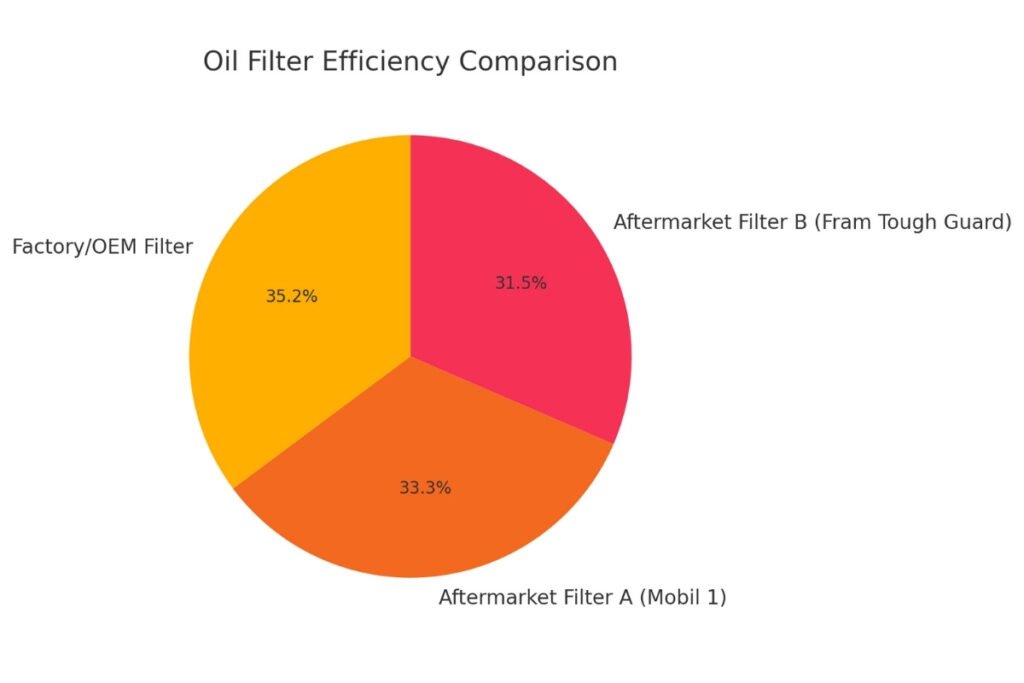
Which Option Is Better?
Aftermarket OEM Filters:
These are recommended if you want guaranteed compatibility and reliable quality, when using your vehicle on the ground, for heavy-duty tasks, or when you need to keep warranty compliance.
Aftermarket Filters:
Aftermarket filters will be for those who want flexibility in price and features, but this again will entail pursuing high-quality brands in the aftermarket for proper filtration and protection of the engine.
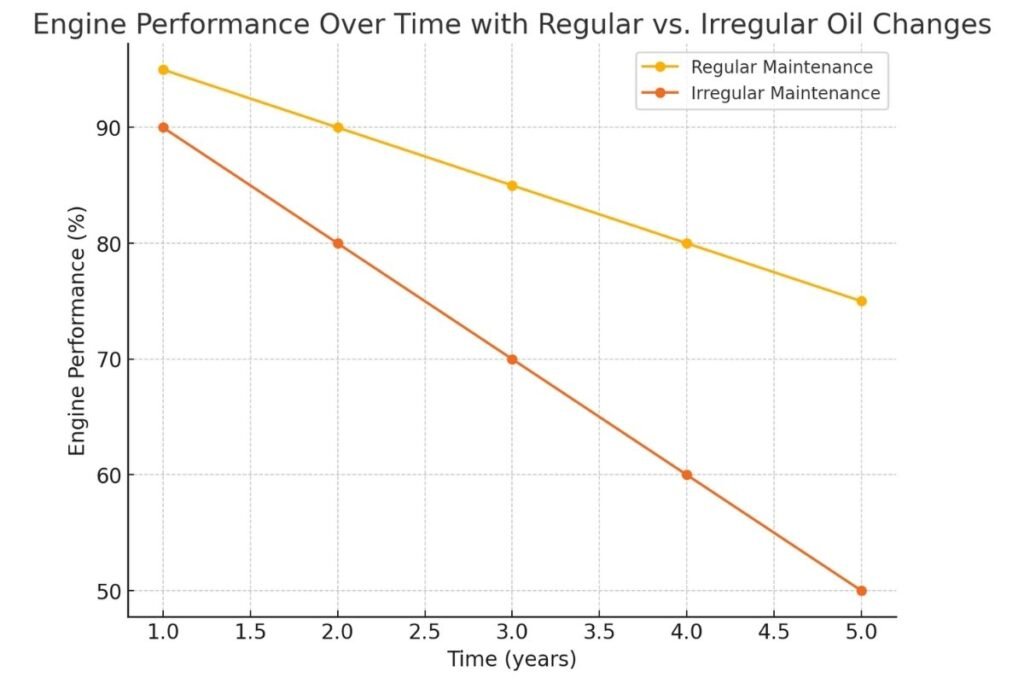
FAQs
How Much Oil Does the GM 6.6 Gas Take?
The oil capacity of the GM 6.6-liter gas is 8 quarts including the oil filter.
What Kind of Oil Do I Use in the GM 6.6 Gas?
According to GM, the best performance will be with SAE 5W-30 that meets the Dexos1 Gen 2 specification.
How Often to Change Oil in a GM 6.6 Gas?
Based on the driving condition, it is recommended to change the oil every 7,500 miles or as instructed by the oil life monitoring system.
Can Synthetic Oil Be Used in a GM 6.6 Gas Engine?
Yes, synthetic oil can be used. In fact, it offers superior performance and protection.
What Are the Consequences of Overfilling or Underfilling the Oil?
Too much overfilling leads to high pressures and might result in damage to the engine, while on the other hand, low filling can result in the inadequate lubrication of the engine and overheating of it.
Does Oil Capacity Include an Oil Filter?
Yes, the oil filter’s volume is considered in the recommended oil capacity.
Are There Certain Oil Brands Called for in the GM 6.6 Gas Engine?
Although GM does not give recommendations of brands to use, the use of oils based on Dexos1 Gen 2 specifications is recommended.
How Do I Check My Oil Level in My GM 6.6 Gas Engine?
Check the oil level by parking on a level surface, then turn the engine off and wait a few minutes before using the dipstick to read the oil level of your vehicle.
What Are Some Signs that an Oil Change Needs to Be Done on my GM 6.6 Gas Engine?
These would be things like the oil change light coming on, the oil being dark or dirty in appearance, the engine making noise, or an obvious decrease in performance.
Can I Use a Different Oil Viscosity Than Recommended?
To have the best lubrication and engine performance, stick to the recommended viscosity.

